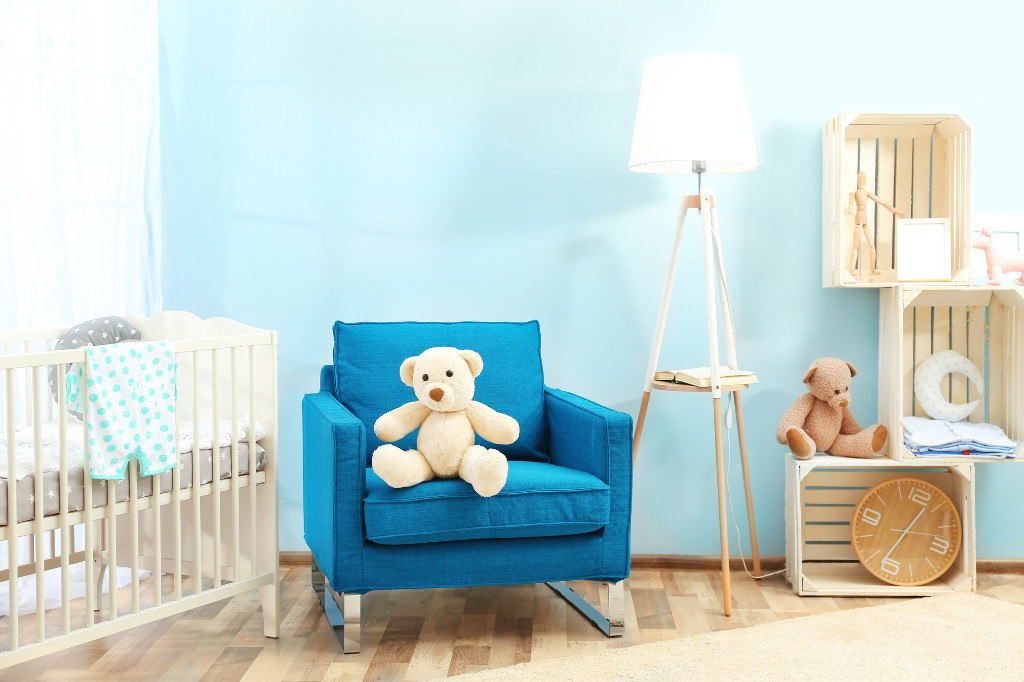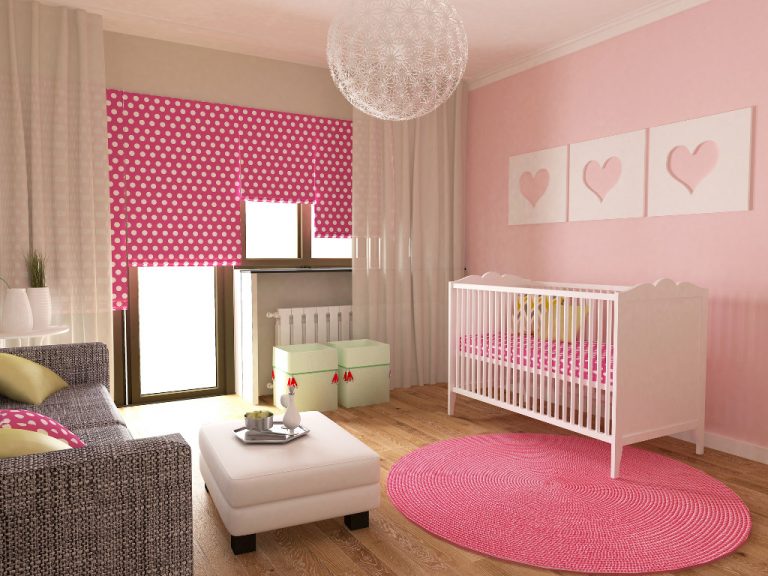SingaporeMotherhood | Parenting
June 2017
Feng Shui-ing Your Kids’ Bedrooms: Forget the Myths and Follow these Tips

Designing a child’s bedroom can be tricky business, but putting the right Feng Shui touches on Junior’s room may actually set the stage for healthy growth and harmonious living.
[banner][/banner]
Some think that Feng Shui (风水) is all hocus-pocus, while others swear by it. But what is it really? Well, it’s been described as the Chinese art of placement, a form of metaphysics that helps facilitate the balanced flow of ‘qi’ (气), energy or life-force, in a home or an office. Some parents even consult Feng Shui experts on how to decorate their kids’ bedrooms in ways that best support their child’s growth and mental development!
To find out how best to do this, we speak to Dato Joey Yap, the founder of the Mastery Academy of Chinese Metaphysics and Chief Consultant of the Joey Yap Consulting Group. The best-selling author of over a hundred books on the topic slays some common Feng Shui myths and offers some practical tips for a baby’s nursery or children’s bedroom.
(See also: Interior Adjustments for An Auspicious Year Ahead!)

Myth #1: We must paint and decorate the room in a certain colour
“This may come as a surprise but colour essentially has nothing to do with Feng Shui,” says Dato Yap. But how can this be? After all, we know that certain colours can affect an individual or have a more lasting impact on their mood and productivity than others. “These are purely psychological effects, not Feng Shui,” he responds.
Tip: However, it doesn’t mean that colours don’t play an important part in your children’s room. Choose colours with calming effects and avoid hues that inspire a sense of agitation or anxiety.
Myth #2: The room should be as bright as possible
According to Dato Yap, natural light should only be a concern if you suffer from a critical deficiency in Vitamin D. Contrary to popular belief, more sunlight will not enhance the flow of ‘qi’ or improve the Feng Shui of a room.
Tip: More windows, on the other hand, would be a great addition to the room as they can provide more access for positive ‘qi’ to reach your little ones. Plus, good ventilation can’t hurt either!
(See also: How to Design Your Baby’s Nursery)

Myth #3: Placing auspicious plants and sculptures can activate the power of Feng Shui
“Objects, however aesthetically pleasing, can’t do much to affect the overall Feng Shui of a space. They’re purely for decorative purposes,” reveals Dato Yap. Decorative accessories with an oriental look and feel, such as pagodas, fish and lions, have no power over Feng Shui either.
Tip: Try to minimise clutter in your child’s bedroom instead. Good Feng Shui promotes a clean, open area where ‘qi’ can gather. Your child is more likely to grow up feeling empowered, energised and loved in an uncluttered space.
Myth #4: Sharp corners and open shelves are a no-no
“First of all, Feng Shui is not interior decorating. So don’t worry too much over undesirable ‘qi’ emitted from open shelves, pointed edges of furniture or corners in plaster ceilings,” says Dato Yap. It is a common misconception that bookshelves must be covered to protect from ‘poisonous arrows’. Worrying about these superficial features only results in unnecessary paranoia.
Tip: What’s more important is to make sure that there are no major objects obstructing the entrance of the room. You want to ensure a smooth flow of ‘qi’ is sustained all the way from the main door.
(See also: 8 Strategies You Should Adopt to Stop Bedtime Battles with Your Tot)
More Tips from Dato Joey Yap on How to ‘Feng Shui’ Your Kids’ Bedroom to Achieve these Benefits:

Good Physical Health
Avoid adding random angles to your interior design. There’s a reason most rooms are designed to be square or rectangle: this way, positive energy can be sustained and circulated evenly within the four walls. The same rule applies to your kid’s room – healthy flow of ‘qi’ is integral for establishing a favourable space for healthy development.
Strong Mental and Emotional Health
Some people convert an attic into a bedroom, often resulting in a room with a slanted ceiling. This is not favourable in Feng Shui terms. Avoid ceilings that slant downwards or risk your child becoming easily agitated or rebellious. If it is unavoidable, minimise the negative energy by moving your child’s bed to below the higher end of the ceiling.
“I used to think Feng Shui was nonsense, but my six-year-old girl continually suffered from nightmares after we moved into our new place,” says Liza Goh, an entrepreneur in her early 40s. “My mother-in-law consulted a Feng Shui master, who gave us some suggestions. She was a lot better after that, so I can’t help but believe in Feng Shui now!” As it turns out, Liza’s daughter’s bedroom indeed had a slanted ceiling.
Better Sleep
A baby cot or child’s bed should never be placed under a beam or have a distinct corner of the wall pointing directly at it. If possible, also avoid having it facing the air-conditioner head-on, or in a direct line with the door. A well-balanced bed is crucial to provide children with a good sense of security. It would be best if it can be placed against a strong supporting wall.
(See also: Should Your Kids Share a Bedroom?)

Loving Sibling Relationships
It’s great when siblings share a bedroom, but it’s important to ensure that the room should remain balanced and whole. It should feel balanced, even though each child may have their own space within the room. If they have design or colour preferences, try to work them in harmoniously so that the two beds or halves of the room complement each other, and neither child feels neglected.
Help with Studies and Special Needs
To help support your child’s studies, keep the design of the bedroom as simple as possible, and avoid wallpaper with wild and chaotic patterns. This is particularly important if they are easily distracted, or have learning disabilities or developmental disorders. Also, try not to place the study desk in line with the doorway. Contrary to popular belief, this isn’t to prevent ‘backstabbing’ (something that is only relevant in an office setting), but simply to prevent children from being distracted by movement outside the bedroom!
(See also: Helping Children with Special Needs through Dance/Movement Therapy)
All content from this article, including images, cannot be reproduced without credits or written permission from SingaporeMotherhood.
Follow us on Facebook, Instagram, and Telegram for the latest article and promotion updates.





